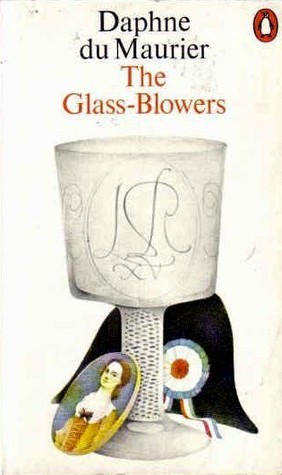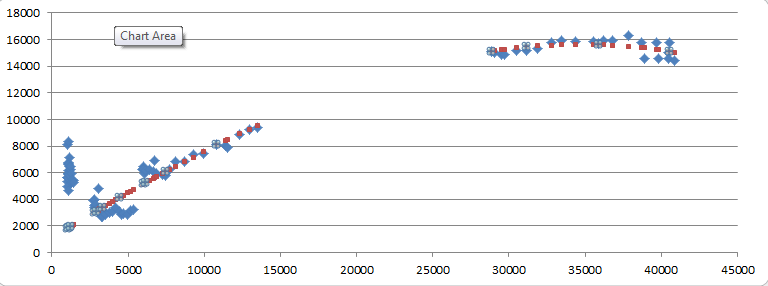
The Glass-Blowers by Daphne du Maurier
My rating: 5 of 5 stars
This is not the first Daphne du Maurier novel you are likely to read. After all, she is much better known for her pacy, plot-driven psychological stories like Rebecca, The Scapegoat or Jamaica Inn.
The Glass-Blowers has little of that. In fact, at the beginning, I found it a little off-putting, because it didn’t quite rise to my expectations. The narrative device, of an opening third person narration, followed by a long first-person letter narration, and a closing third person narration, makes it hard to climb into the action in a way you might expect from a du Maurier.
But here is an excellent example of why readers should apply the 50 page rule before giving up on any book (save perhaps the most obvious trash): This book begins as an unformed lump, at first it’s hard to imagine it could be anything of value. But as du Maurier slowly and methodically breathes life into it, the story takes shape over the course of the French Revolution. It is masterfully crafted, with the contours of each character etched in crystal clarity upon an impeccably told history of the rise of the First Republic, the Reign of Terror and the ascension to power of Emperor Bonaparte.
Like the glass that acts as metaphor throughout, there is both strength and fragility in the Busson family, and especially the narrator and central character Sophie. In fact, The Glass-Blowers is nothing short of an epic; yet it is one that respects the personality of the straightforward and efficient Sophie herself, by managing to fit onto a mere 300 pages. In this, du Maurier shows respect also for the reader; something we know and appreciate from her more celebrated works.
Lovers of A Tale of Two Cities and Les Miserables take note: Dickens and Hugo do not have a duopoly on the market for great 1789 fiction.
View all my reviews


